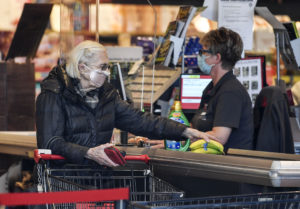
New industry figures predict a drop of 32% in international visitors to Asia-Pacific region this year.
In a revised forecast that takes into account the COVID-19 crisis and its impact on the travel industry, the Pacific Asia Travel Association predicts the volume of international arrivals to drop below 500 million this year, reports travel trade group TTG Asia.
That translates to a 32% decline in visitor numbers compared to the year previous.
The hardest hit region for international tourist arrivals will be Northeast Asia, which is predicted to lose a whopping 51% of visitor volume, followed by South Asia (31%) and Southeast Asia (22% drop).
In dollar figures, the decline in visitor arrivals translates to a loss of more than $170 billion across Asia.
Despite the dire projections, PATA CEO Mario Hardy expressed optimism for the remainder of the travel year and stressed the importance of focusing not on the number of visitors, but on the quality of experience and expenditures.
“While there are obvious reductions in arrivals, there still remains a significant volume of visitors expected into Asia-Pacific through 2020, with just under half-a-billion such travellers still generating almost $600 billion, with each visitor still requiring and expecting the attention and service that this region has become famous for delivering,” he said in a statement.
“This however gives us time to reconsider the position we had created up to 2019; if numbers return only slowly, the obvious imperative will be to offer travelers such incentives that they remain in the destination longer and see more of what it has to offer,” Hardy explained. “The metric should therefore shift from the numbers of arrivals, to time spent in any one destination and the dispersion across it. Receipts will then follow.” JB
RELATED STORIES:
2019 was a very safe year to fly if not for COVID-19, says IATA
Airlines worldwide cutting flights in response to COVID-19


